Some animals look like they walked straight out of a dinosaur documentary—and that’s because, in a way, they did.
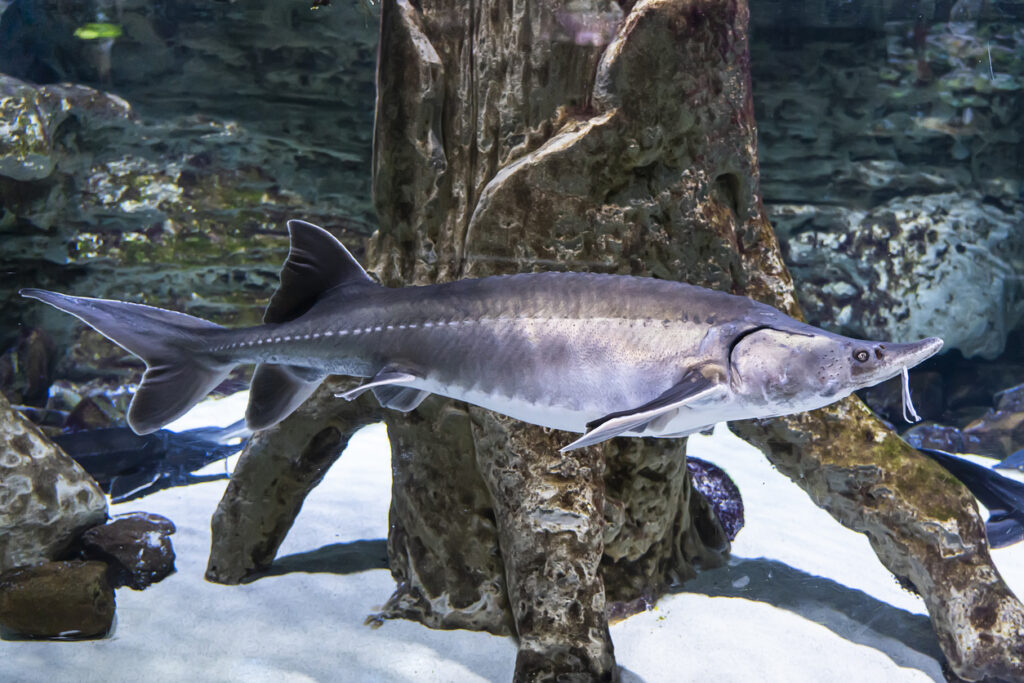
Despite the fact that thousands—or sometimes millions—of years have passed, these ancient species have changed so little that they still carry prehistoric energy. As a result, they provide a fascinating insight into what the planet was like long before humans walked in, and that’s pretty cool, you have to admit. Here are some of the most prehistoric-looking animals that are still around today.
1. Horseshoe Crab
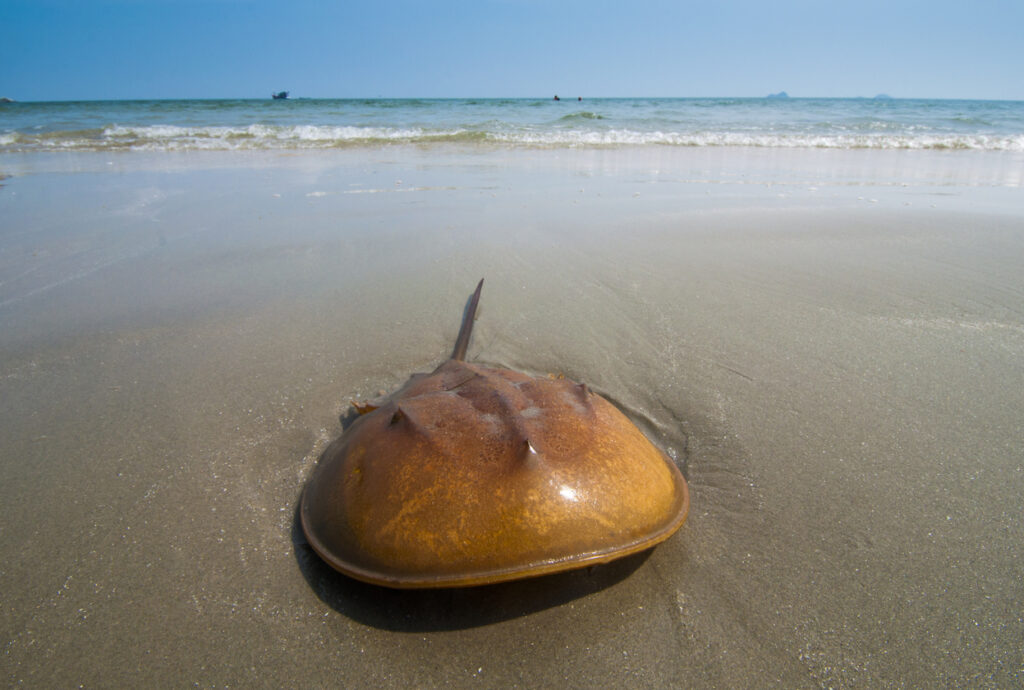
With its spiky shell and alien-like tail, the horseshoe crab looks more like a fossil than something you’d find scuttling along modern shores. This species has remained largely unchanged for over 450 million years. Despite its name, it’s more closely related to spiders and scorpions than crabs. It’s even got blue blood—literally—which is still used in modern medicine to detect bacteria. Ancient, weird, and still surprisingly useful.
2. Coelacanth
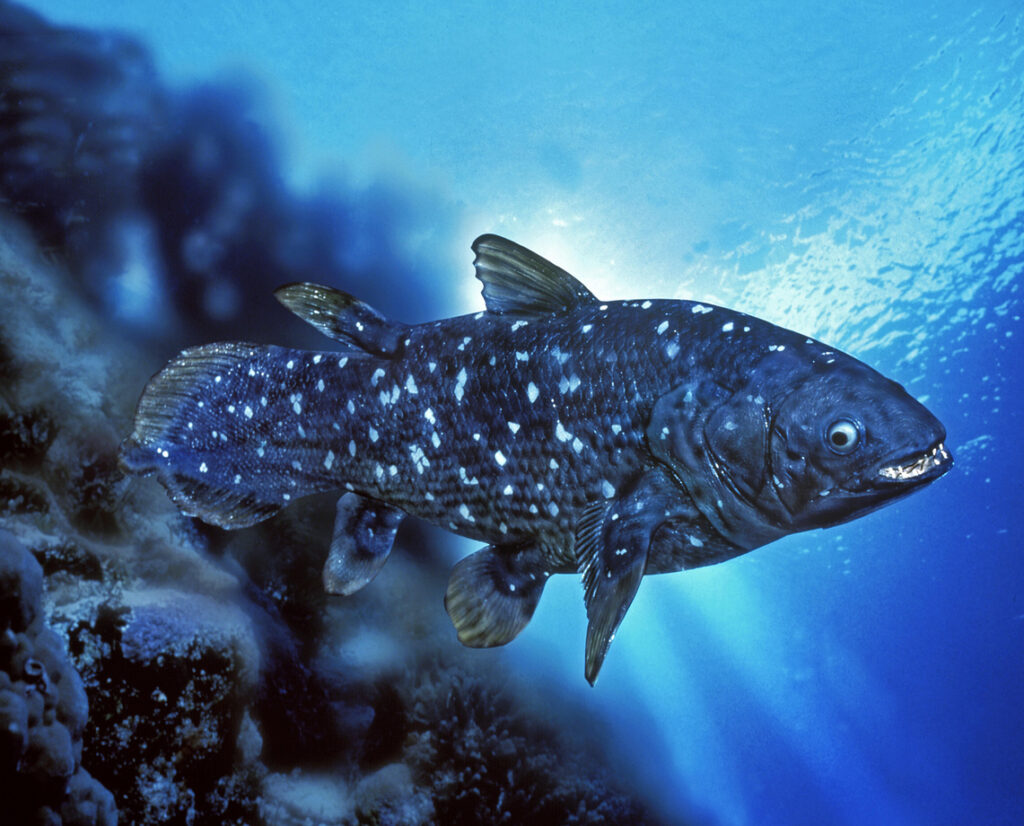
Once thought to be extinct for 66 million years, the coelacanth shocked the world when a live one was found off the coast of South Africa in 1938. It looks like a fish designed by a palaeontologist. Its lobe-finned limbs resemble those of early amphibians, and it moves with a slow, ghostlike grace. Watching it swim feels like watching evolution in slow motion—halfway between the sea and the land.
3. Alligator Snapping Turtle
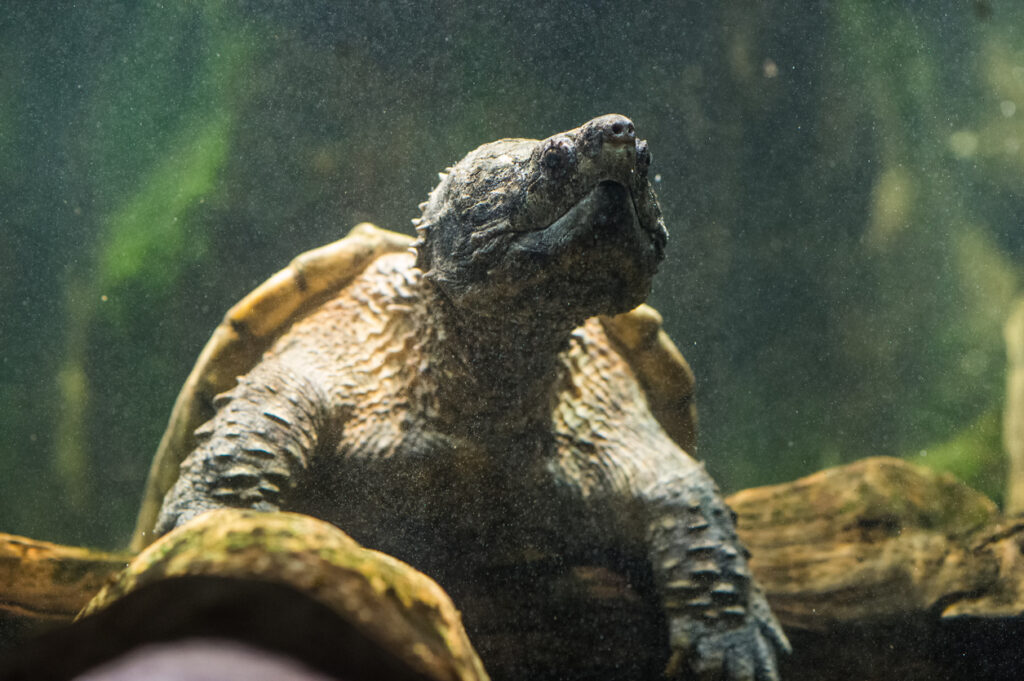
With a shell that looks like a spiked fortress and a face that wouldn’t be out of place in a dinosaur movie, the alligator snapping turtle is one of North America’s most prehistoric-looking animals. It hasn’t changed much in 70 million years. And it doesn’t need to. It sits motionless, using a worm-like lure on its tongue to catch fish—proof that old tricks still work perfectly well.
4. Goblin Shark
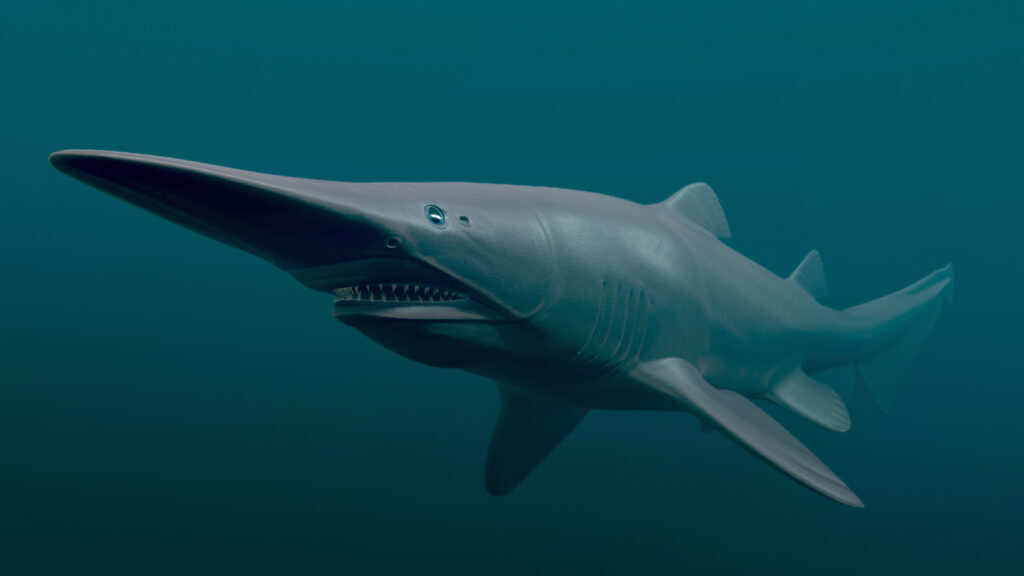
Most sharks are ancient, but the goblin shark takes it to another level. With a long, flattened snout and a jaw that launches forward to snatch prey, it’s the definition of nightmare fuel from the deep. This deep-sea relic has existed for around 125 million years. It rarely comes to the surface, so sightings are rare—but when one does appear, it’s easy to believe it hasn’t changed since the Cretaceous.
5. Tuatara
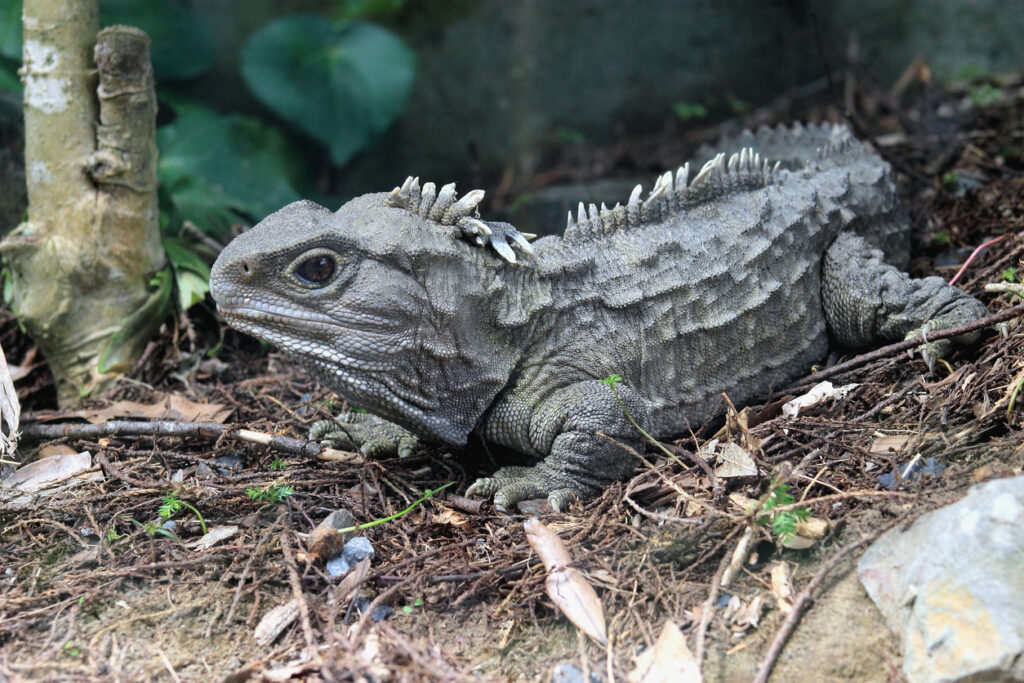
This lizard-like reptile isn’t a lizard at all. The tuatara is the only surviving member of a reptilian order that once roamed with the dinosaurs, making it more closely related to ancient reptiles than anything else alive today. Native to New Zealand, it even has a third eye on top of its head—a light-sensitive organ that fades with age but hints at its strange evolutionary past. It’s not flashy, but it’s one of a kind.
6. Nautilus
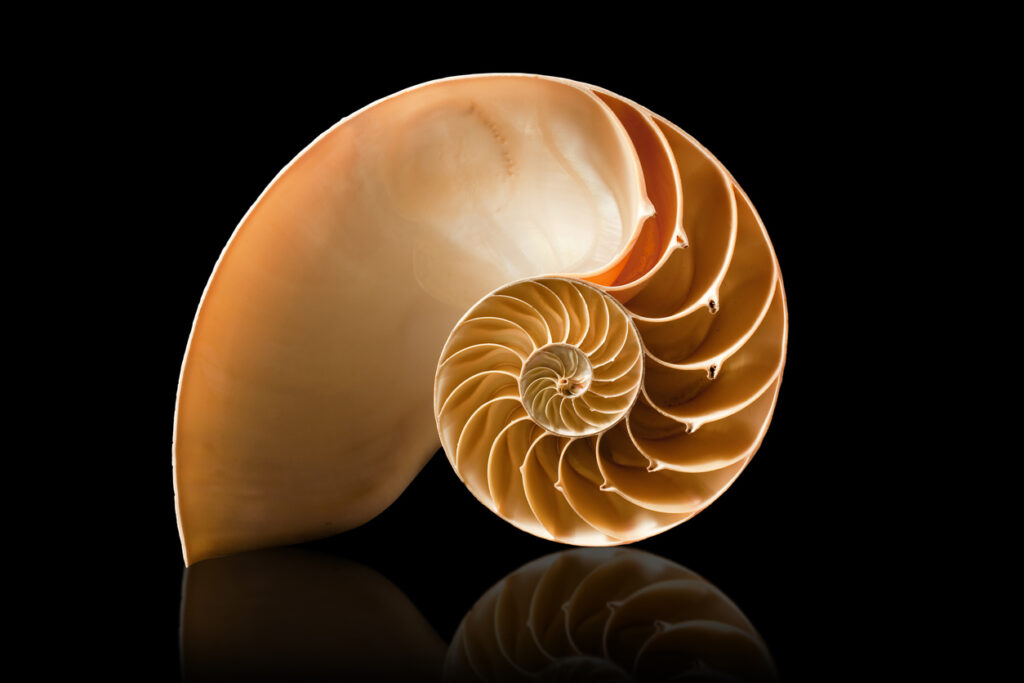
Looking like a floating fossil, the nautilus has been gliding through the ocean depths for over 500 million years with its iconic spiral shell and tentacled head. It hasn’t needed to evolve much at all. Unlike its more active cephalopod cousins like the squid or octopus, the nautilus takes things slow—drifting, scavenging, and living a remarkably long life for a mollusc. It’s not flashy, but it’s ancient perfection in motion.
7. Sturgeon
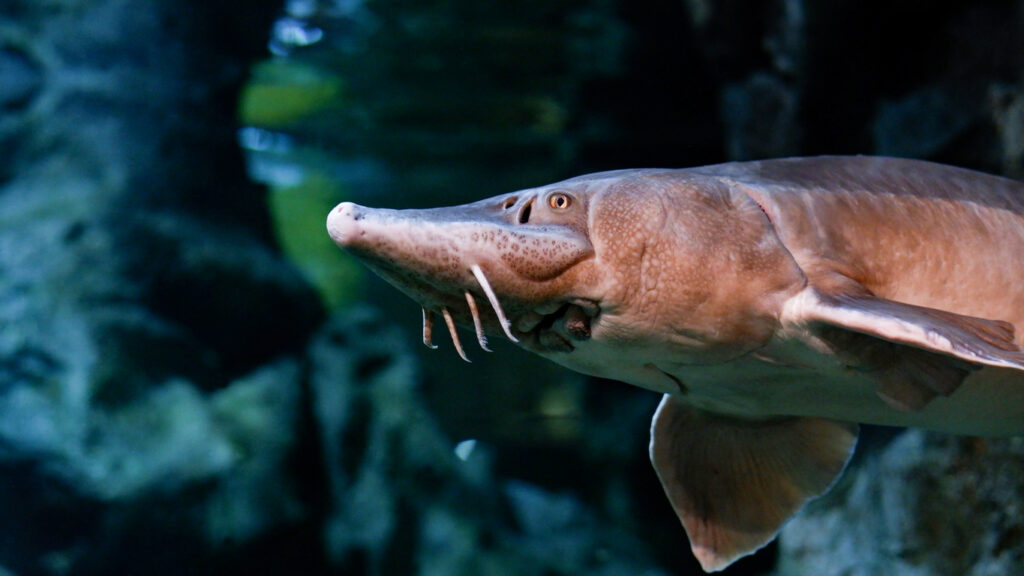
These bottom-dwelling fish haven’t changed much since the time of T. rex. With bony plates instead of scales and a prehistoric snout, the sturgeon looks like something you’d expect to see in fossil form, not a modern river. They can live for over 100 years and grow to enormous sizes—some reaching over five metres long. They’ve survived mass extinctions, ice ages, and now, unfortunately, overfishing. But they’re still here—for now.
8. Frilled Shark
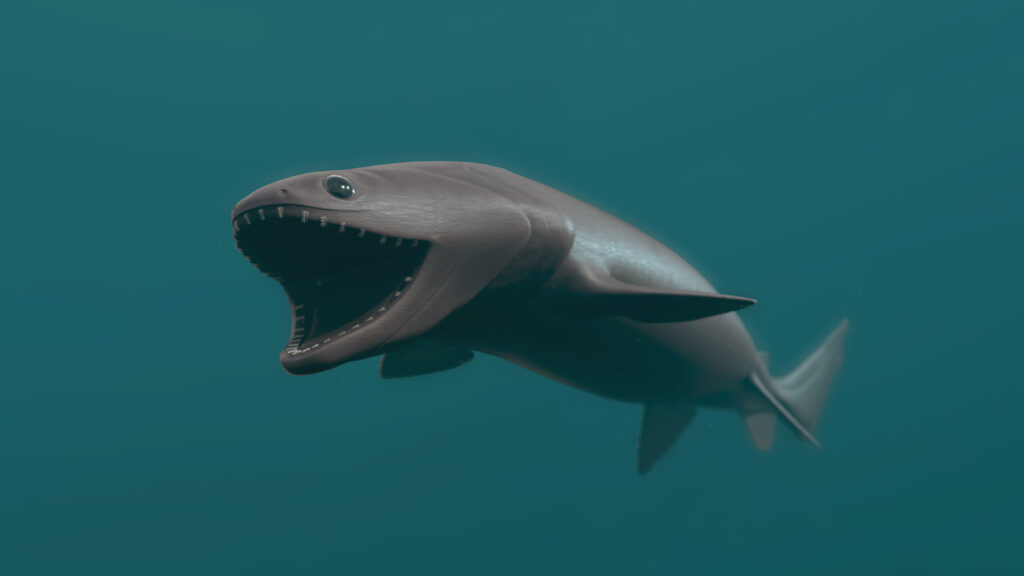
With a serpentine body and rows of needly teeth, the frilled shark could easily be mistaken for some deep-sea monster from a lost age. Its eerie, eel-like motion only adds to the ancient vibe. This species has existed for around 80 million years, and its long gestation period—up to three and a half years—makes it one of the slowest-reproducing vertebrates on Earth. It’s slow, strange, and unmistakably ancient.
9. Gharial
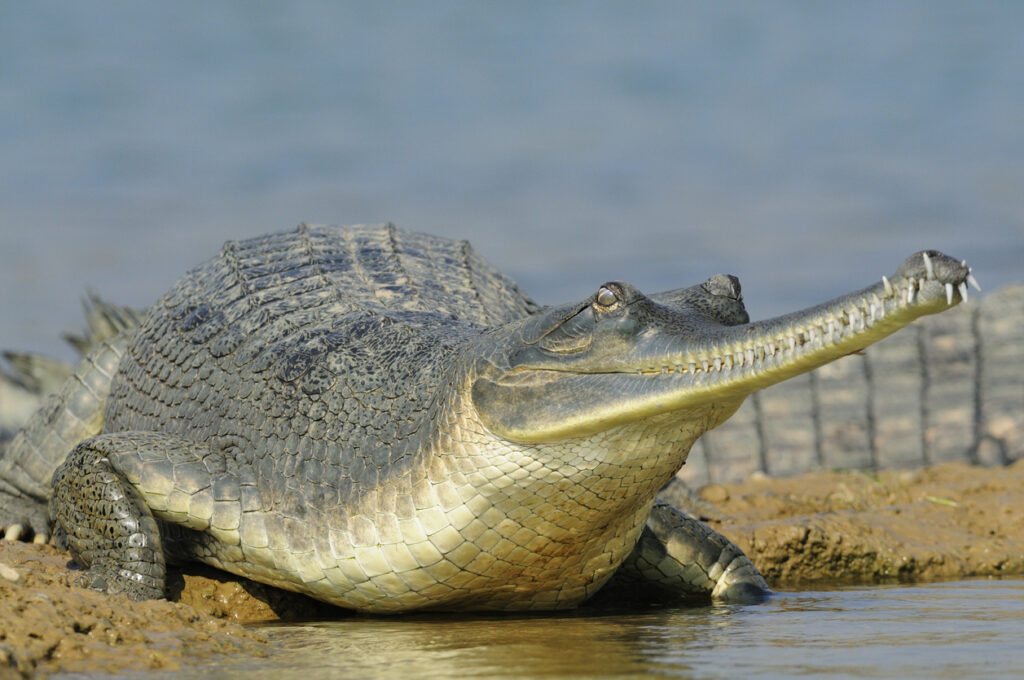
With its long, narrow snout filled with razor-sharp teeth, the gharial looks like a crocodile that forgot how to stop growing. It’s actually part of a separate lineage that diverged over 100 million years ago. Specialised for catching fish, its strange skull shape makes it awkward on land but deadly in water. Fewer than 1,000 remain in the wild, but when you see one, it’s like stepping back into deep time.
10. Giant Salamander

The Chinese giant salamander is the largest amphibian on Earth—and arguably the most otherworldly. With its flat head, wrinkled body, and quiet demeanor, it looks like it belongs more in a fossil exhibit than a riverbed. It’s hardly changed in over 170 million years. And while it’s incredibly elusive, its presence in ancient folklore and modern conservation efforts proves that even the strangest creatures can leave a big impact.